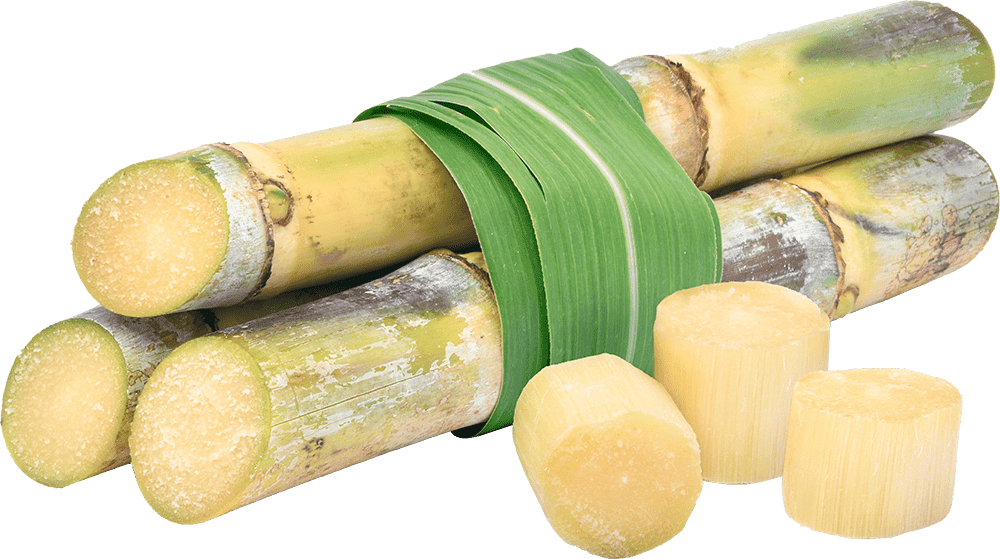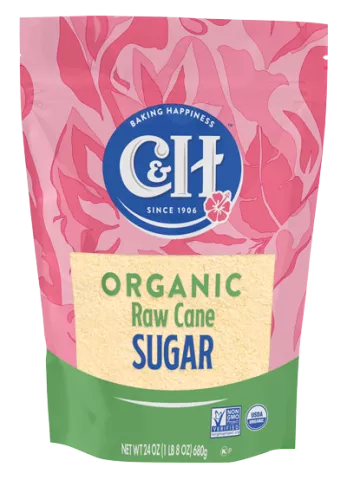Understanding Cane Sugar Processing: A Comprehensive Summary of the Stages
Understanding Cane Sugar Processing: A Comprehensive Summary of the Stages
Blog Article
An Extensive Guide to the Ecological Effect and Sustainability Practices in Walking Cane Sugar Processing
The ecological impact of walking stick sugar handling provides a complicated selection of obstacles that warrant careful evaluation. From dirt deterioration and excessive water usage to the carbon footprint linked with farming and manufacturing, the repercussions of typical techniques are significant. What certain practices can be executed to strike a balance between efficiency and environmental stewardship?
Overview of Walking Stick Sugar Processing
Walking cane sugar processing involves a series of organized steps that transform sugarcane into refined sugar. Originally, harvested sugarcane is transported to refining facilities, where it goes through cleansing to remove soil and debris. Following this, the cane is squashed to extract juice, which is then made clear by getting rid of impurities through home heating and the addition of lime.
The cleared up juice goes through evaporation, where water is gotten rid of to concentrate the sugar web content. This focused syrup is then taken shape through cooling, permitting sugar crystals to develop. These crystals are separated from the continuing to be syrup using centrifugation, resulting in raw sugar. To accomplish polished sugar, the raw item undergoes further purification processes, which may consist of filtering and washing to get rid of continuing to be pollutants and color.
The end product is after that dried out and packaged for circulation. Throughout this entire process, maintaining efficiency and quality assurance is necessary to ensure the sugar meets industry criteria. Each action in walking stick sugar handling not only adds to the last product yet also has implications for resource use and waste generation, establishing the stage for discussions on sustainability and environmental effects connected with sugar manufacturing.
Ecological Challenges of Manufacturing
The manufacturing of walking cane sugar presents numerous significant environmental challenges that warrant interest. One main issue is the comprehensive usage of agrochemicals, including pesticides and plant foods, which can result in dirt degradation, biodiversity loss, and contamination of neighborhood water sources. The runoff from sugarcane areas commonly lugs these chemicals right into close-by ecological communities, interrupting aquatic life and affecting the health and wellness of areas reliant on these water bodies.
Another challenge is the high power consumption connected with sugarcane processing. The boiling and refining stages require substantial warm, mostly created by shedding nonrenewable fuel sources, adding to greenhouse gas emissions. Additionally, the extensive acreage needed for sugarcane cultivation can lead to logging and environment damage, additional exacerbating environment change and threatening wildlife.
In addition, the labor methods in some regions raise honest worries, as employees might deal with inadequate working problems and poor earnings. This circumstance typically continues a cycle of poverty in local communities. Cane Sugar Processing. Attending to these ecological challenges is vital for creating a lot more lasting practices in cane sugar manufacturing, inevitably profiting both the environment and the areas involved in this market
Water and Land Usage Influence
Water resources and land utilization are vital components in the walking stick sugar industry that dramatically influence the setting. The cultivation of sugarcane needs significant water input, with price quotes suggesting that it can take in as much as 2,000 liters of water per kilo of sugar generated. This intensive use water often results in depletion of neighborhood water resources, influencing not just the sugarcane ranches yet additionally bordering ecological communities and areas that rely upon the exact same water resources for agriculture and residential usage.

Additionally, land use for sugarcane cultivation can result in logging and the conversion of natural habitats into monoculture plantations. This technique decreases biodiversity, disrupts local ecosystems, and adds to soil destruction. The development of sugarcane fields often encroaches on beneficial farming land, creating competition for sources in between food and biofuel manufacturing.
Sustainable practices, such as optimizing irrigation methods and executing plant turning, are vital to mitigate these effects. By adopting more effective water use and land administration methods, the walking cane sugar industry can minimize its environmental footprint, making sure an equilibrium in between agricultural efficiency and ecological conservation.
Greenhouse Gas Emissions
Greenhouse gas exhausts stand for a significant environmental concern within the walking cane sugar processing market, specifically as agricultural techniques expand to fulfill international demand. The farming of sugarcane, a crop that thrives in exotic this page environments, relies greatly on synthetic plant foods and pesticides, which add to nitrous oxide exhausts. Furthermore, land-use adjustments, including logging for brand-new sugarcane ranches, release co2 saved in plants and dirt.
During handling, power consumption is another significant source of greenhouse gas discharges - Cane Sugar Processing. Several sugar mills utilize fossil gas to power equipment and create warmth, resulting in significant carbon footprints. Furthermore, the transport of raw sugarcane and ended up items includes layers of exhausts via gas combustion in automobiles
This entails evaluating present agricultural methods, refining approaches, and transportation systems to recognize locations for renovation and reduction. Resolving greenhouse gas discharges is crucial for fostering a more sustainable cane sugar industry in an altering climate.

Lasting Practices and Innovations
Sustainable practices and advancements are significantly important in the walking cane sugar handling market as stakeholders look for to decrease environmental influences while preserving performance. One considerable improvement is the execution of integrated crop administration, which enhances resource usage by integrating dirt administration, insect control, and crop turning strategies. This approach improves return while decreasing chemical inputs and maintaining dirt health and wellness.
Moreover, the fostering of renewable resource sources, such as biomass from sugarcane residues, has actually obtained traction - Cane Sugar Processing. By transforming waste items into power, refining facilities can decrease their dependence on fossil gas, consequently decreasing greenhouse gas emissions
Water management techniques have also seen renovations through the recycling and reusing of water in processing plants, substantially minimizing freshwater intake. Innovations in innovation, such as precision agriculture, enable farmers to monitor plant health and wellness and source usage more efficiently, ensuring sustainable farming methods.
Moreover, certification programs like Fair Trade and Rain forest Alliance motivate eco responsible farming techniques and advertise social equity within the supply chain. By embracing these sustainable practices and advancements, the cane sugar handling industry can enhance its resilience and add favorably to environmental stewardship.
Conclusion
The environmental influence of cane sugar handling presents substantial challenges, including dirt deterioration, high water intake, and greenhouse gas emissions, along with ethical issues connected to labor techniques. Attending to these concerns through sustainable methods, such as integrated plant administration, renewable power fostering, and water recycling, is essential. By advertising socially equitable and environmentally responsible techniques in sugar production, the industry can mitigate its unfavorable impacts, guaranteeing a more lasting future for both neighborhoods and ecosystems associated with this sector.
Cane sugar processing entails a collection of methodical actions Visit Your URL that transform sugarcane into refined sugar. Each step in walking stick sugar processing not just adds to the last product but also has ramifications for resource use and waste generation, establishing the stage for conversations on sustainability and ecological impacts connected with sugar production.
Greenhouse gas emissions stand useful reference for a considerable environmental issue within the walking stick sugar handling market, especially as farming practices broaden to satisfy global need.Sustainable methods and innovations are significantly important in the walking cane sugar processing market as stakeholders look for to decrease ecological impacts while preserving performance.The environmental effect of walking cane sugar processing provides substantial challenges, including dirt destruction, high water consumption, and greenhouse gas discharges, along with ethical issues connected to labor practices.
Report this page